Moab: High desert splendor
Flying through a timeless landscape
Special thanks to David Churchill and Ivy McIver
The rising sun paints the ancient rock formations and east-facing canyon walls in fiery, glowing shades of red, yellow, and orange.
In the run-up area for Runway 21, you warm up the engine for a few extra minutes and let the defroster clear the windshield. Even in late summer, nighttime temperatures are low enough for frost. You want the windshield completely clear to see every detail during the upcoming flight in which you’ll follow the Colorado River downstream to the southwest.
Even though your destination at Page, Arizona, is a mere 100 miles away, your route tracks the winding river through some of the most awe-inspiring terrain in North America. National parks and recreation areas such as Arches, Canyonlands, and Glen Canyon are along your path, although none is yet fully illuminated by the sun.
Click the microphone seven times on the unicom frequency to bring the runway lights to full brightness, line up with the centerline, advance the throttle, and feel the invigorating acceleration as your airplane rolls down the 7,360-foot runway. Once airborne, you climb in a lazy circle over the airport before turning south and overflying the quirky, outdoor-oriented town of Moab where you intercept the river. Following the river also ensures that you’ll remain clear of restricted airspace to the west.
A thin layer of cirrus clouds far above turns neon pink in the gathering light, and towering Mount Peale, at 12,771 feet, casts an imposing silhouette to the east.
Golden light brings the craggy peaks ahead into sharp relief. The air is so clear that the aptly named Orange Cliffs in Canyonlands appear much closer than their actual distance of about 25 nautical miles.
Arches National Park slides under your right wing, and from the air it seems more theme park than natural wonder. Intricate sandstone arches are surrounded by dusty roads that bring visitors in cars to the foot of each one. The exotic shapes are familiar to anyone who has ever watched cowboy westerns—or Road Runner cartoons.
The Colorado River is slow moving and sedate near Moab, but it begins gaining speed as it winds through the steep canyons downstream. Along the way, a potash mine carved into a mountainside serves as a singular landmark, its mirror-smooth evaporation ponds brimming with electric blue water the shade of Aqua Velva.
Moab marketed itself during the Cold War as the “uranium capital of the world.” Now, although mining continues, the place is better known as an outdoor sports mecca, especially for mountain bikers, climbers, BASE jumpers, and off-road vehicle enthusiasts. Canyonlands Field Airport is an adrenaline center itself with skydiving, hot air balloon rides, and scenic flights.
The Colorado and Green rivers meet at the Orange Cliffs where, somewhat surprisingly, the Green appears more substantial than the iconic Colorado.
The sun is well above the horizon now, and honey-colored shafts of light reveal the rough contours of the valley floor. The rock walls that funnel the Colorado River get steeper and narrower, and whitewater rages through Cataract Canyon a few miles below the confluence of the two waterways.
Islands in the Sky is a series of flat-topped mesas that give way to the Needles region of Canyonlands, so-called for the red-and-white banded rock pinnacles that rise from the rocky ground. This area is nearly inaccessible by road or trail, but there are no such barriers to reaching it by air.
The river continues southwest to the Glen Canyon National Recreation Area where it slows and widens into Lake Powell, a massive reservoir formed by the Glen Canyon Dam. The chill is gone from the morning air—and your destination at Page is visible straight ahead.
But it feels too soon.
Email [email protected]
Moab Views







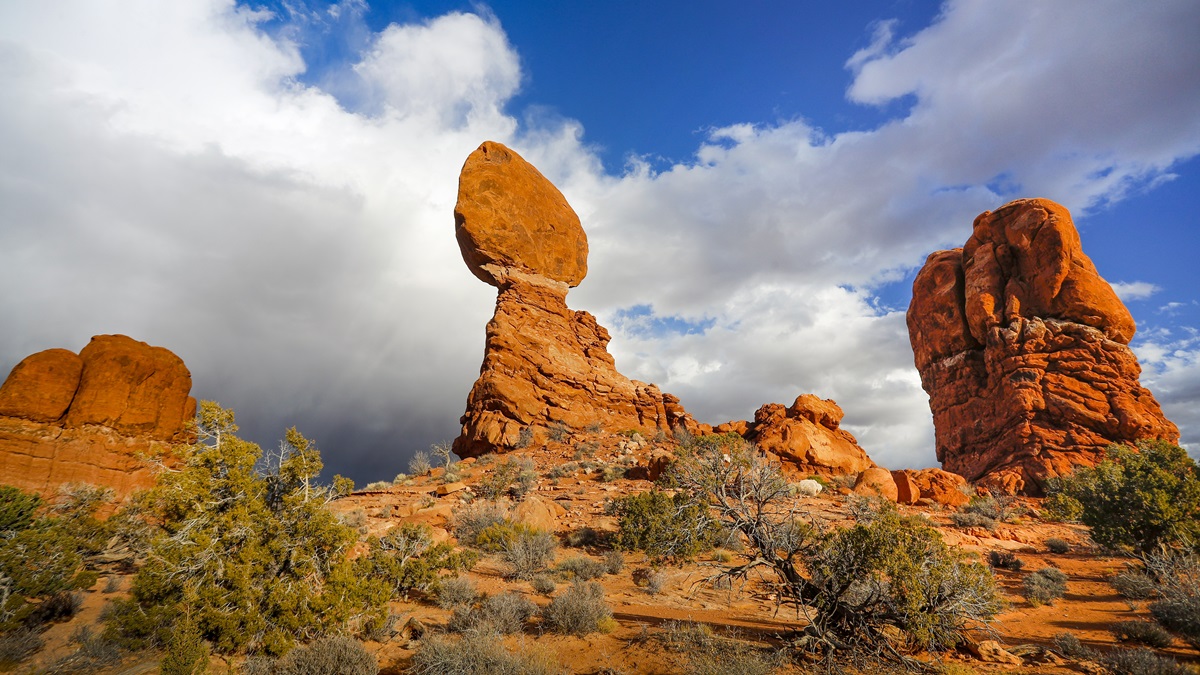

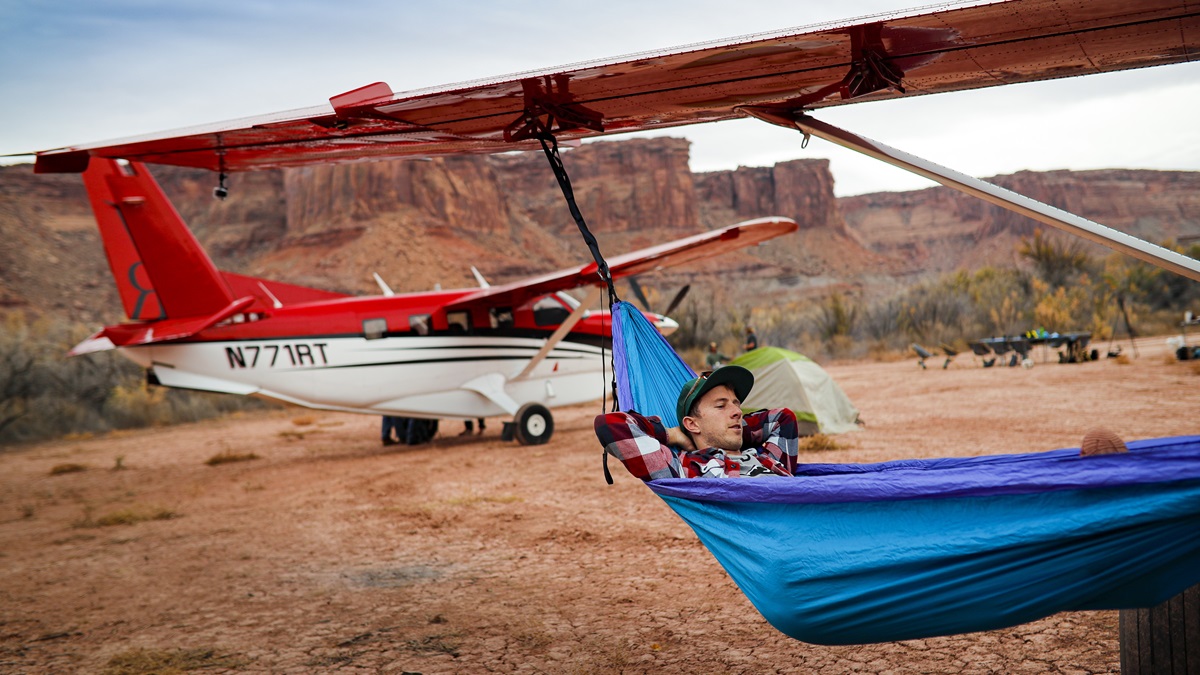

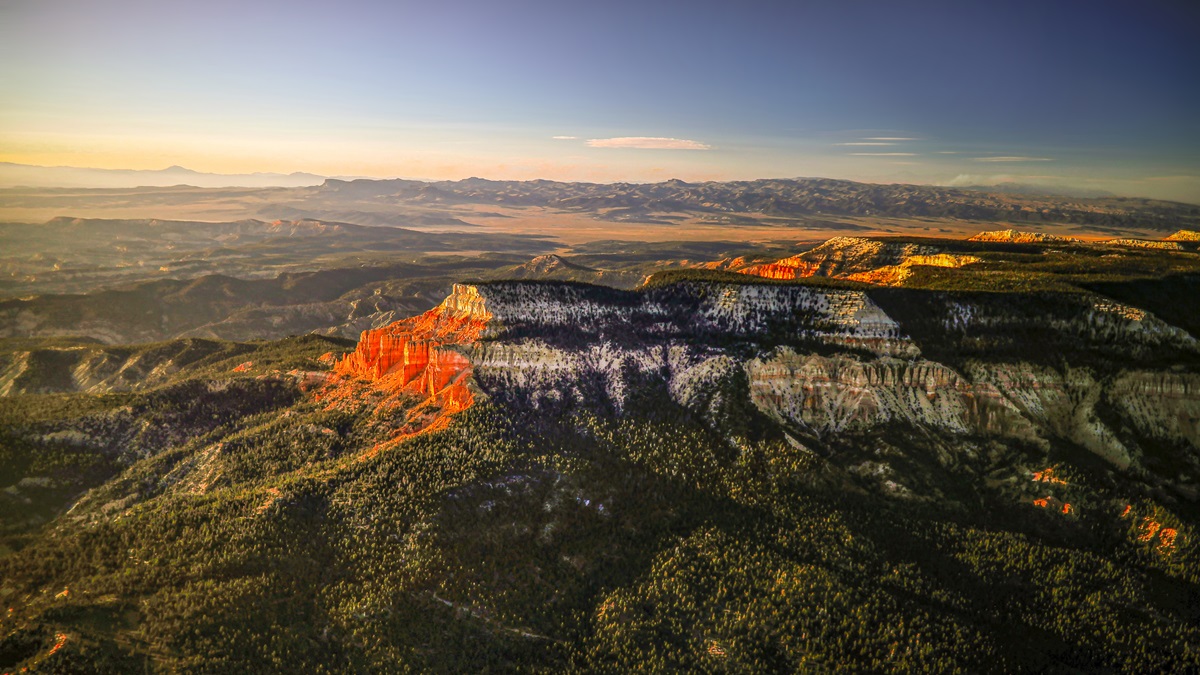
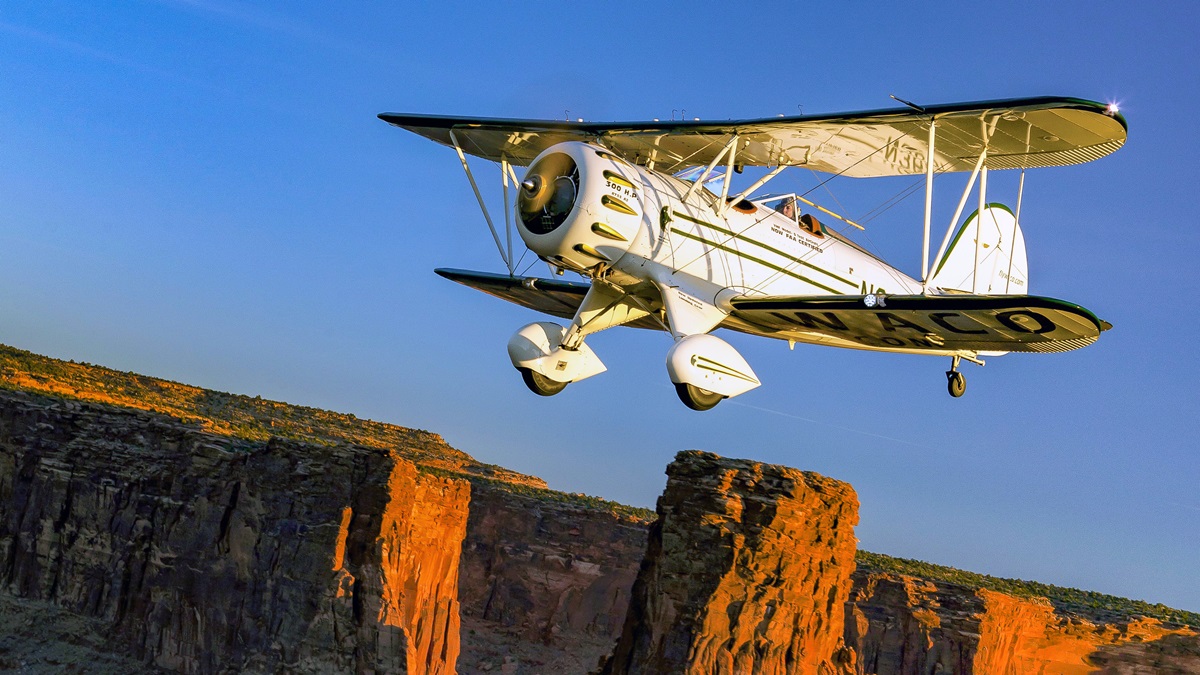
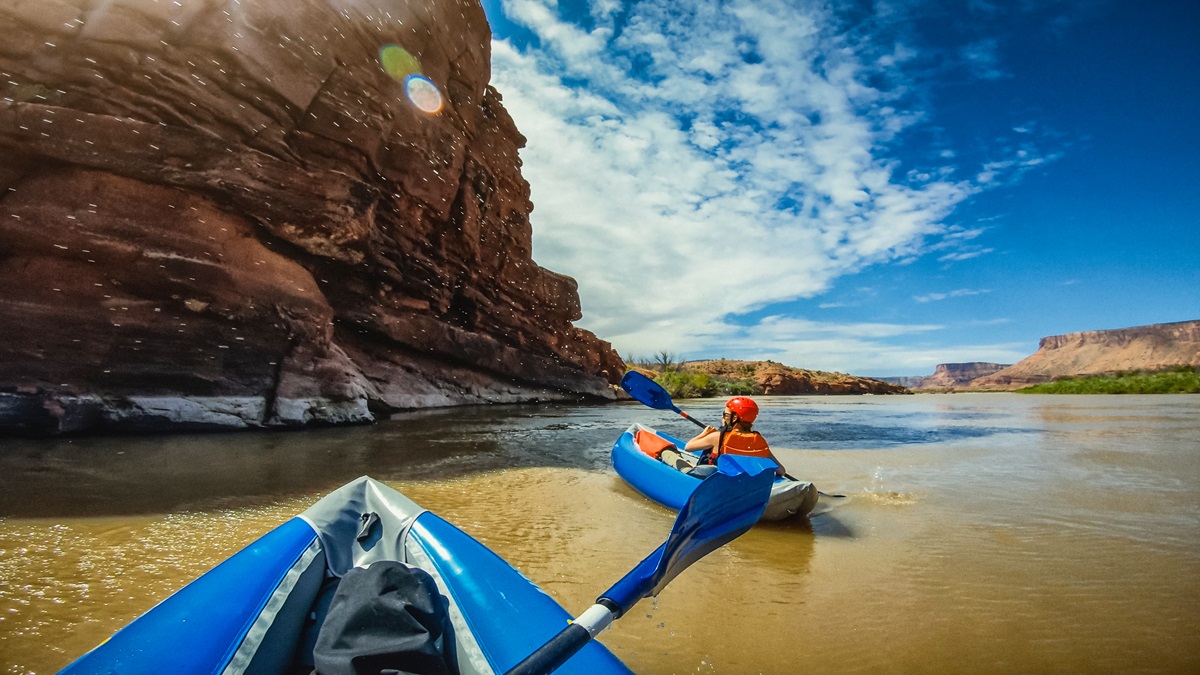
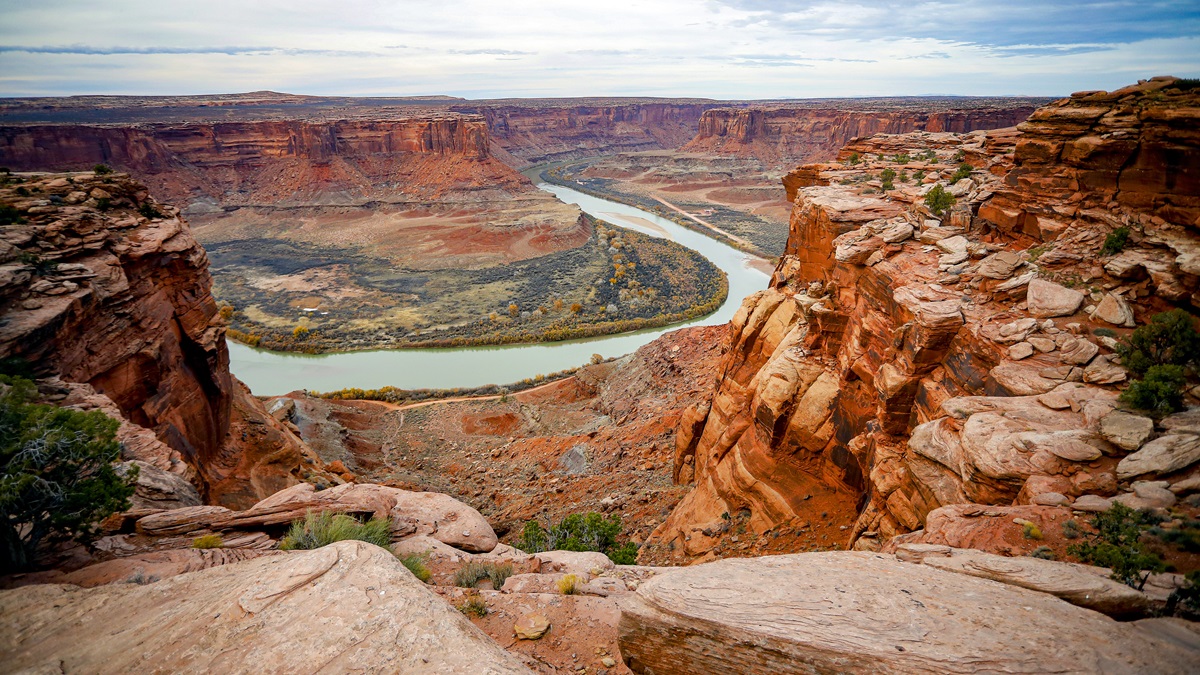
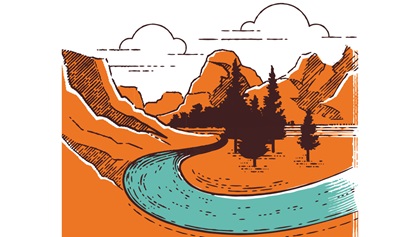
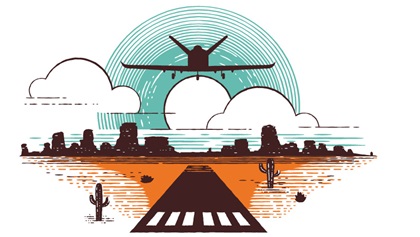 Gotchas:
Gotchas: Getting there
Getting there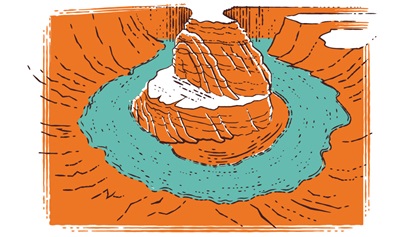 Recommendations
Recommendations

